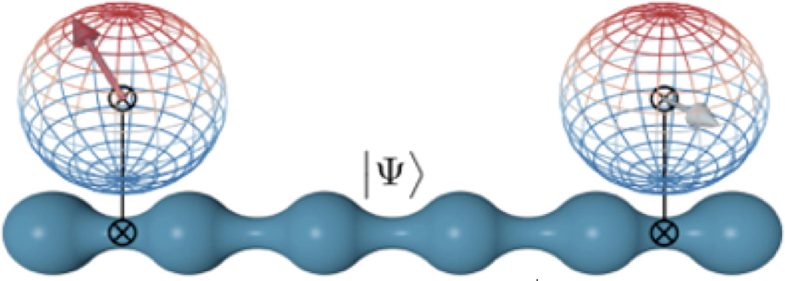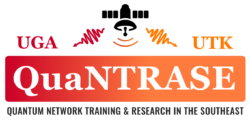Thrust 2: Network Devices
Quantum Network Devices
Network Devices: Networked Quantum Computing (digital, analog, topological), Networked Quantum Sensors, Materials for Quantum Network Components.
Post-silicon quantum technologies will use entanglement, as a resource for information processing. This can produce exponential speedups over current algorithms, as well as allowing spatially separated parties to perform protocols (e.g., dense coding, teleportation and quantum cryptography) not feasible in a classical setting. While there are many exciting realized and proposed quantum-computing platforms, neutral ultracold atoms are promising candidates, that allow precise control of macroscopic quantum wave functions. Our interdisciplinary team is working towards the technological exploitation of these quantum systems through the development of new, high-performance computational tools. This convergent research thrust will enable NRT students to work at the interface of condensed matter, atomic physics, and quantum information science while providing crucial training in high performance computational techniques, answering questions such as: How can the amount of entanglement in a many-body system be quantified? What is the most efficient way to encode bosonic states on a classical computer? Can a neural network provide information on the quantum density matrix?

